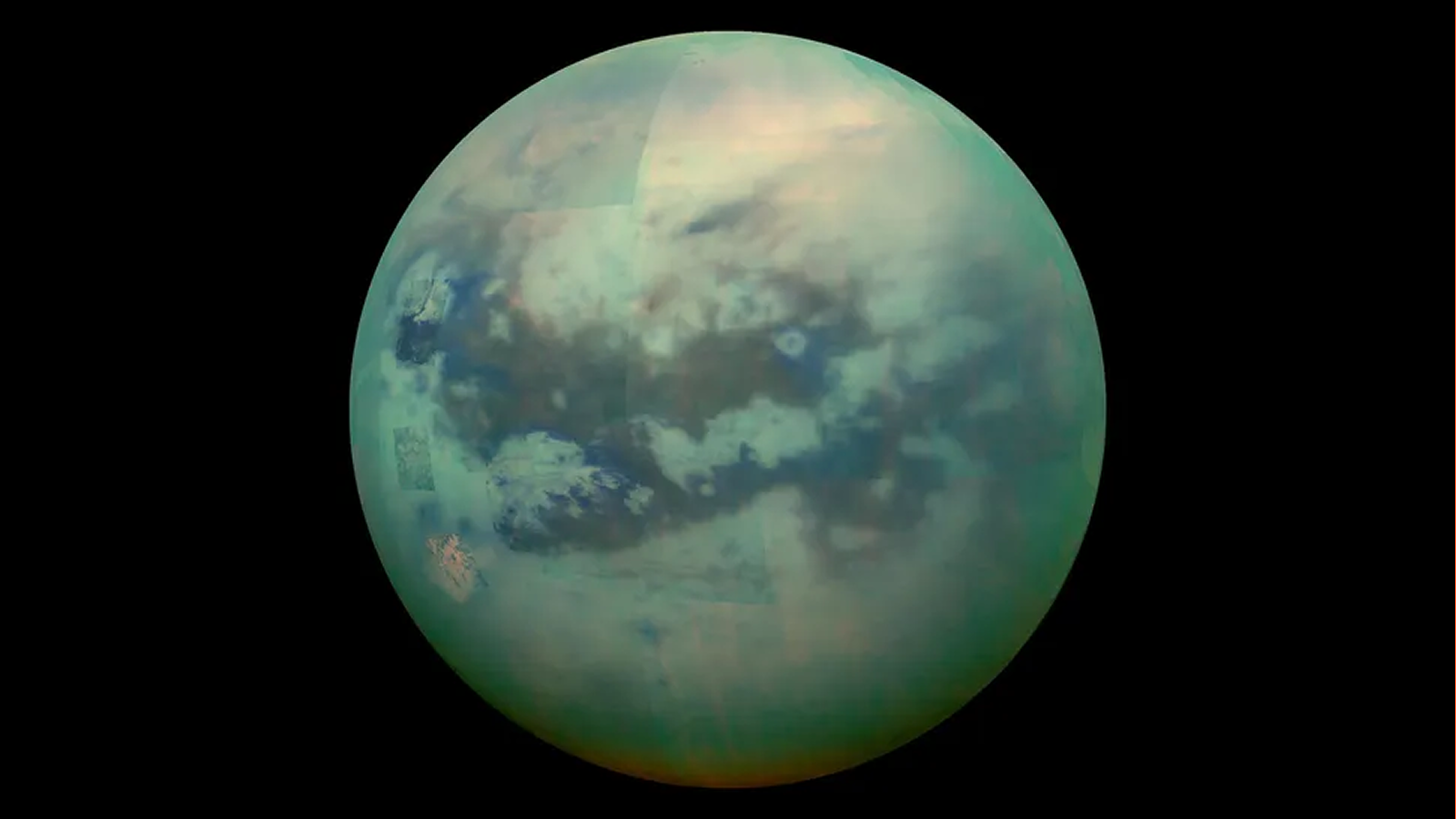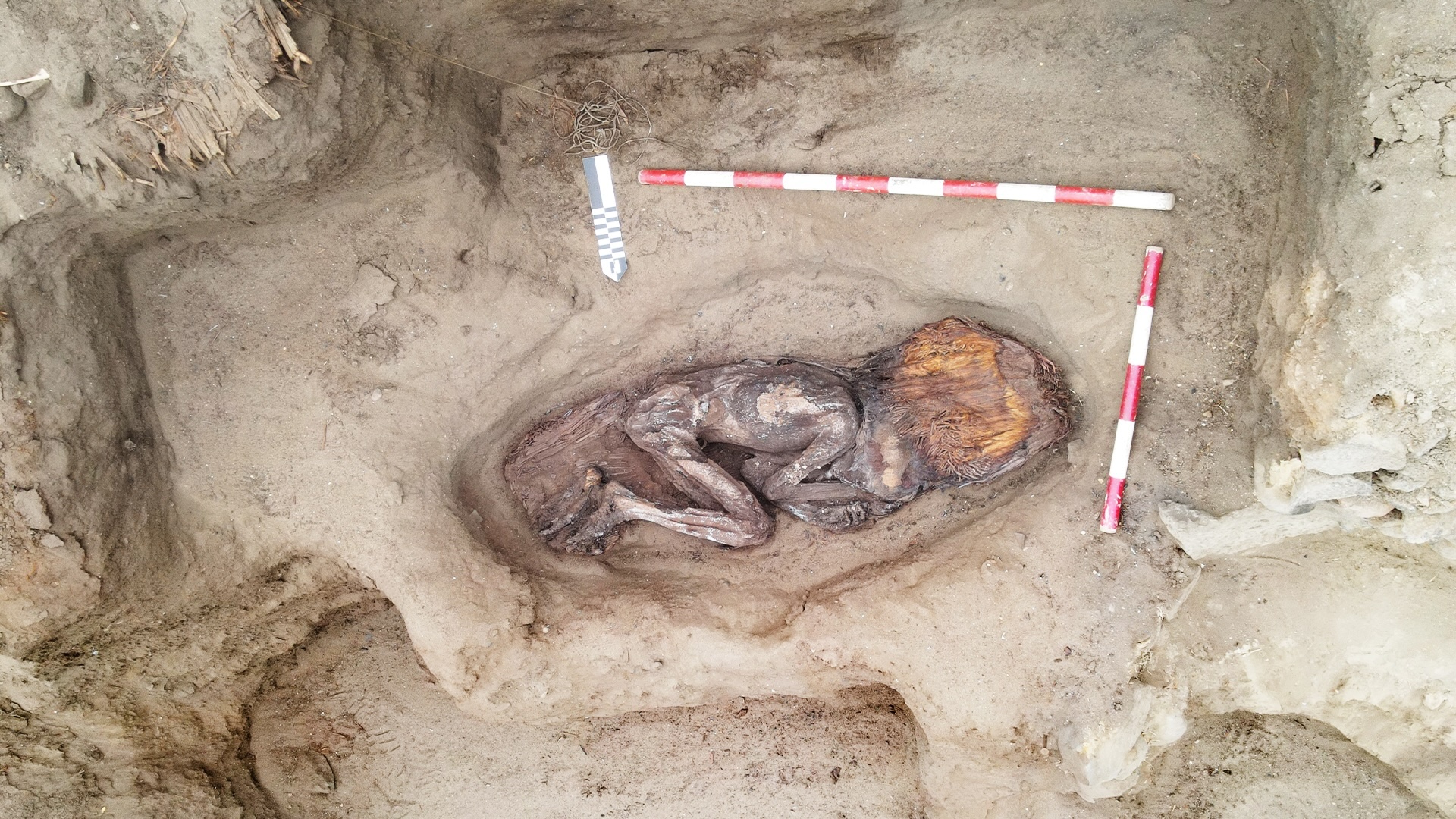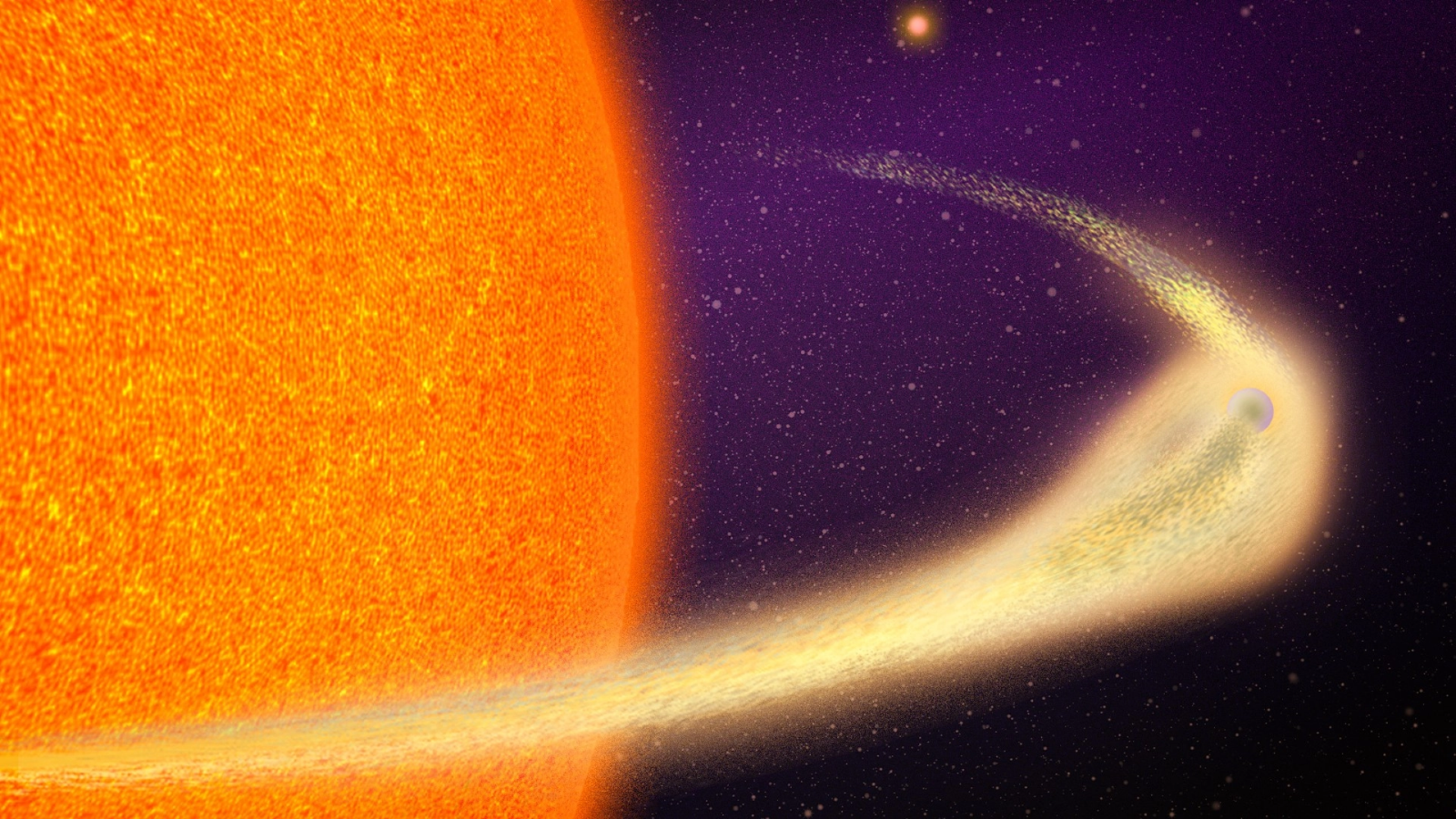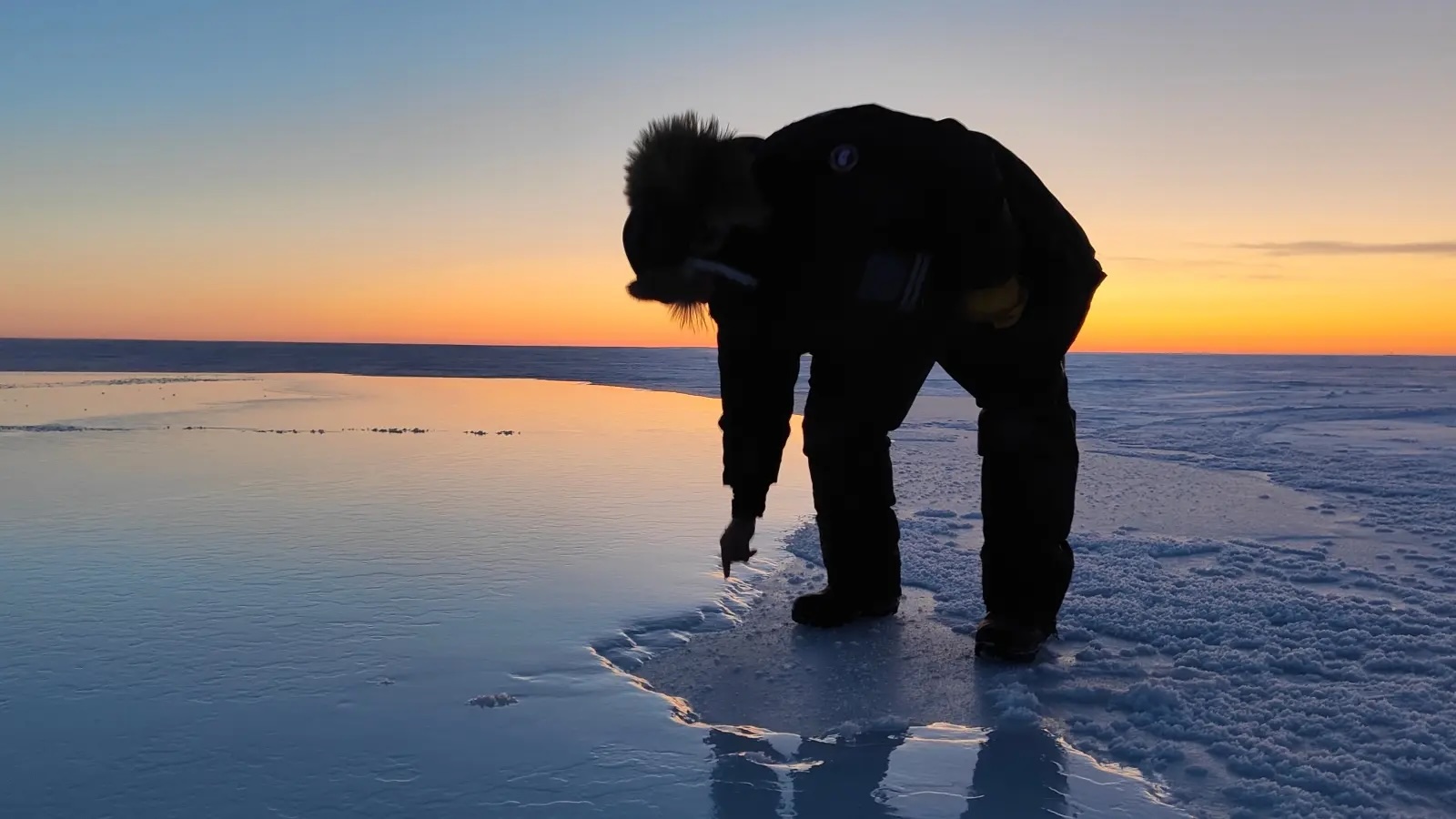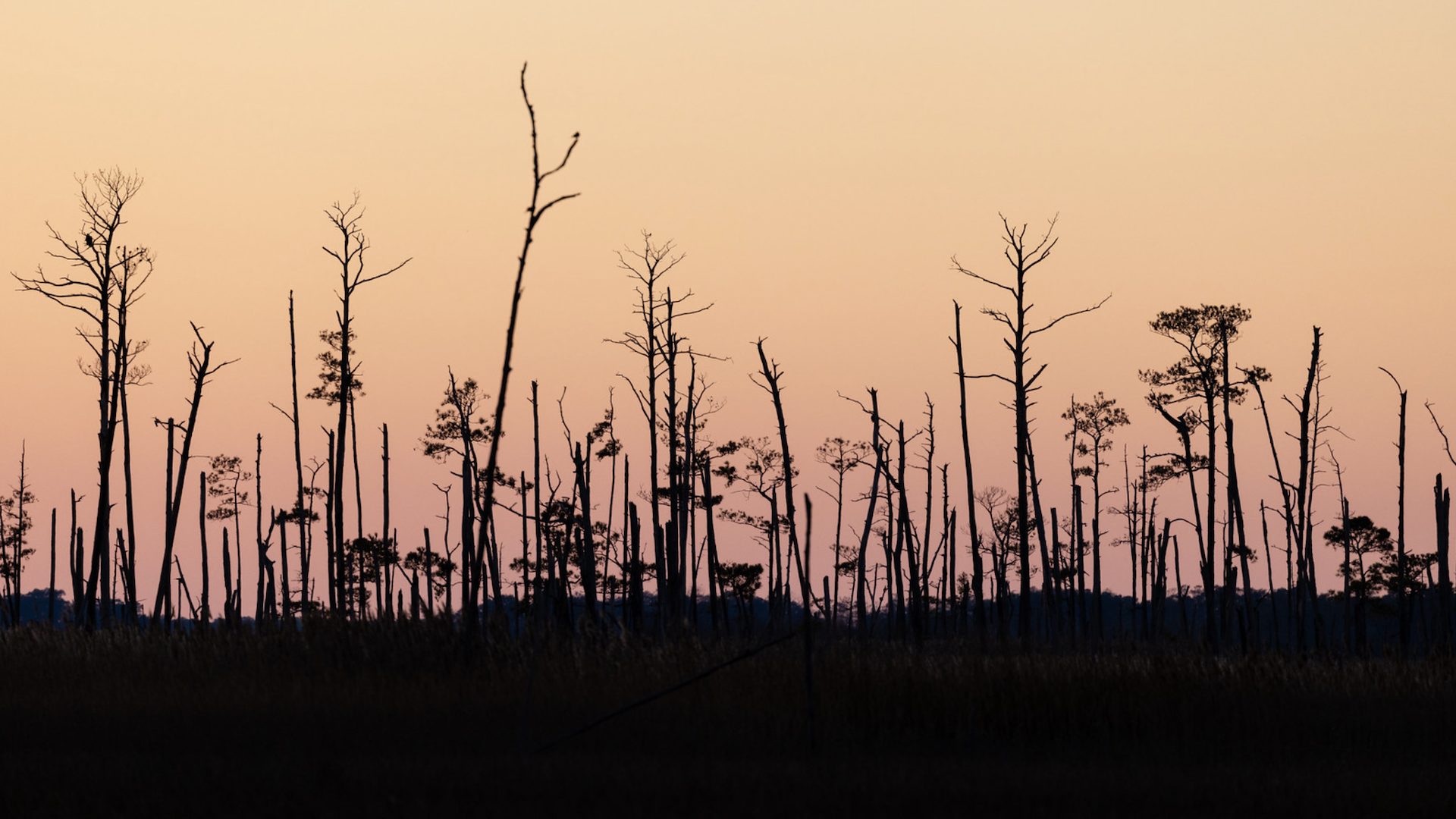Nightmarish deep-sea footballfish washes up on California beach in rare stranding
A deep-sea Pacific footballfish found on Moro Beach in Crystal Cove State Park is the second of this species to wash up in recent years, but the reason behind the strandings remains a mystery.
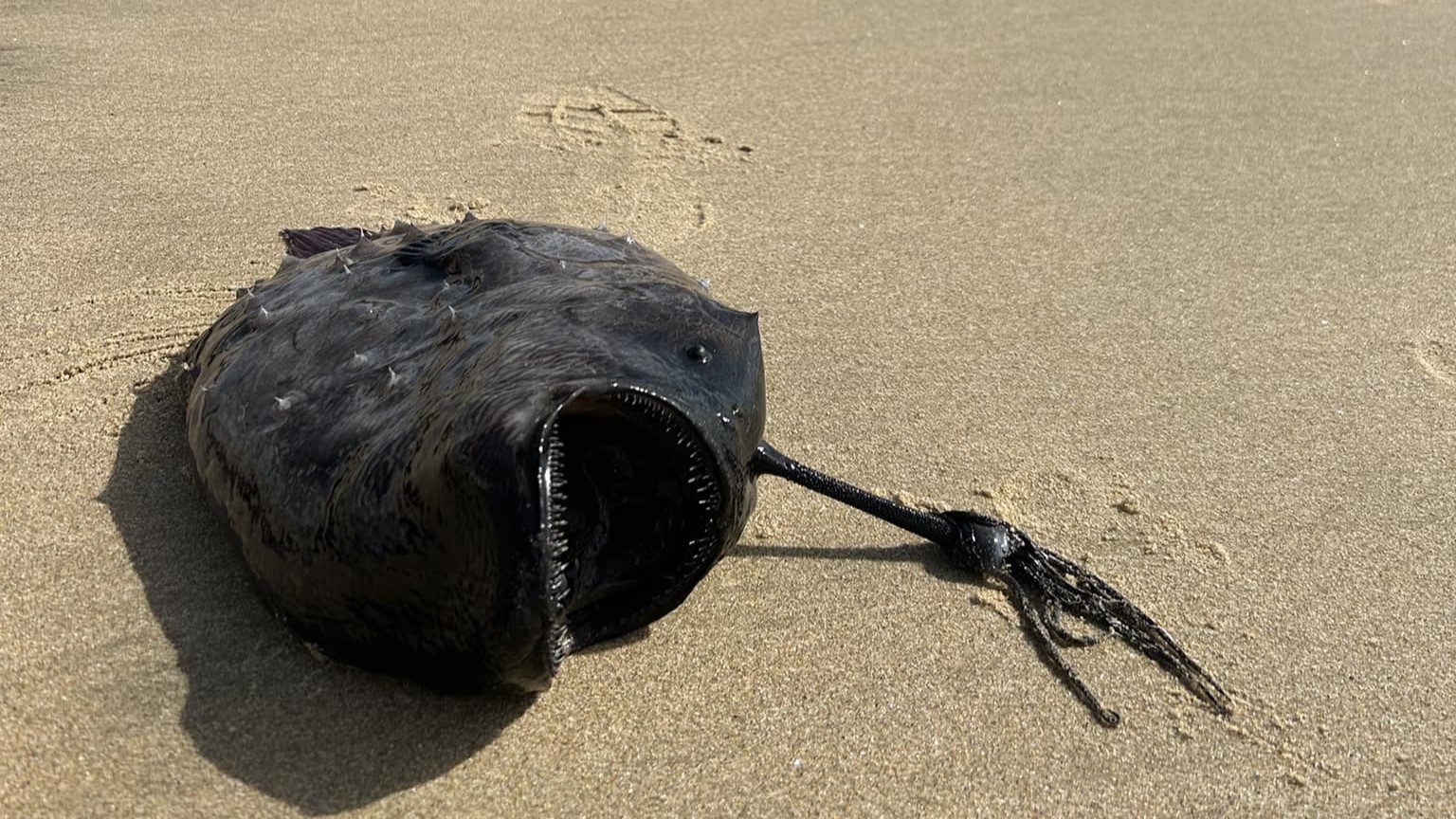
A ghoulish, pitch-black fish with a long stalk on its head recently washed up on a beach in Southern California — the second of its kind to end up onshore there in recent years, Crystal Cove State Park officials announced Oct. 17.
Experts identified the bizarre-looking animal as a female Pacific footballfish (Himantolophus sagamius), a species of anglerfish that lives in the Pacific Ocean at depths of 2,000 to 3,300 feet (600 to 1,000 meters). It follows an earlier stranding in May 2021, when a visitor at the state park discovered another fish of the same species on the shore.
"To see an actual anglerfish intact is very rare and it is unknown how or why these fish ended up onshore," Crystal Cove State Park officials wrote in a Facebook post. "Their teeth, like pointed shards of glass, are transparent and their large mouth is capable of sucking up and swallowing prey the size of their own body."
Pacific footballfish are one of more than 300 species of anglerfish living in the deep sea worldwide, according to the California Academy of Sciences. Female anglerfish can grow up to 24 inches (61 centimeters) long — about 10 times as large as some of their male counterparts, which have evolved to latch onto females and act as lifelong parasitic providers of sperm on-tap.
Related: Why do deep-sea fish look like aliens?
"Only females possess a long stalk on the head with bioluminescent tips used as a lure to entice prey," park officials wrote in the post. The males of some species merge their bloodstreams with their host's, "eventually coalescing with the female until nothing is left of their form but their testes for reproduction," they added.
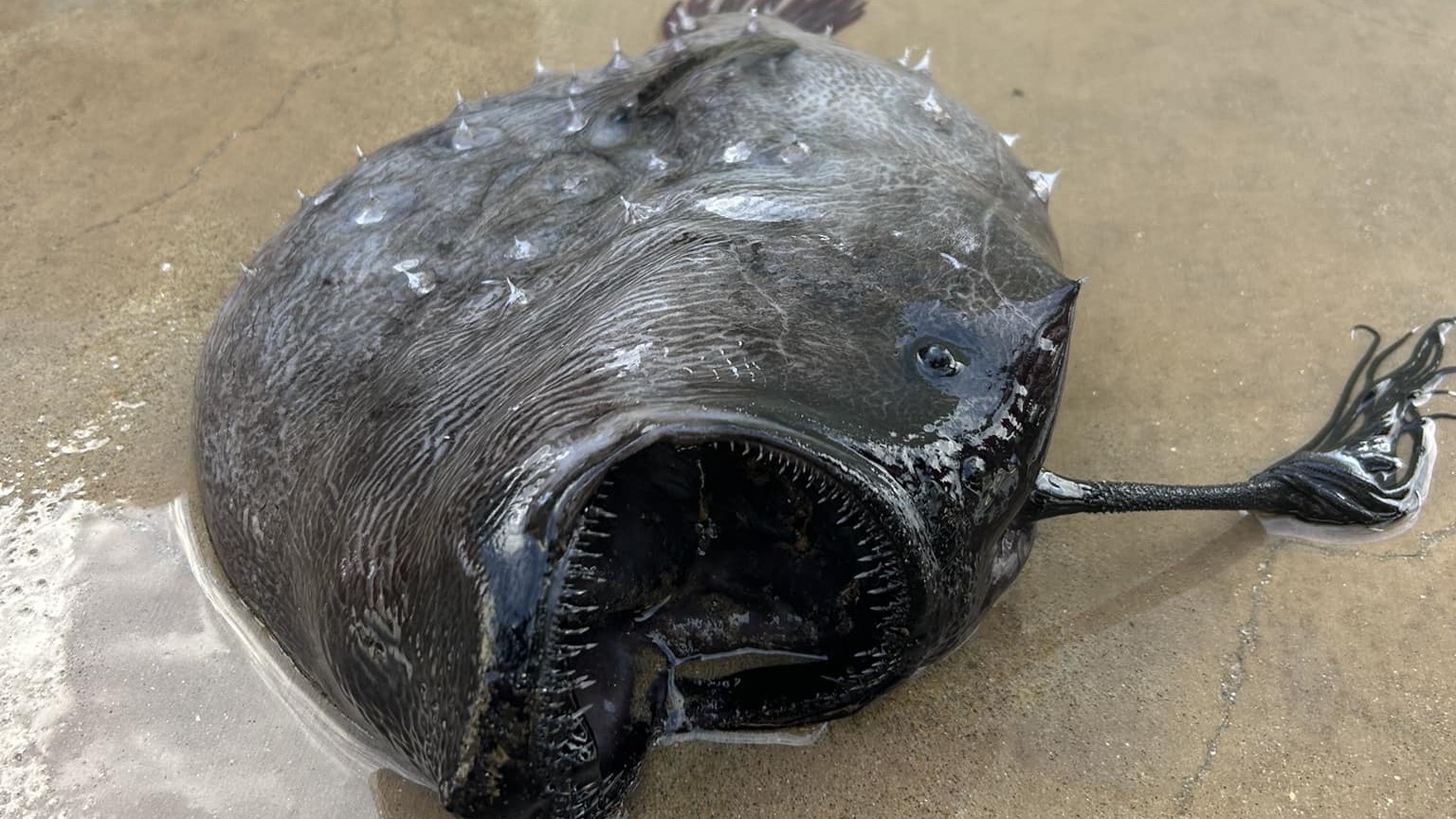
A seasonal lifeguard discovered the dead anglerfish on Moro Beach close to the lifeguard headquarters, "just in time for Friday the 13th," the officials wrote. It was later picked up by the California Department of Fish and Wildlife for analysis.
Sign up for the Live Science daily newsletter now
Get the world’s most fascinating discoveries delivered straight to your inbox.
The specimen measured about 14 inches (36 cm) from mouth to tail fin, Michelle Horeczko, a senior environmental scientist supervisor with the Department of Fish and Wildlife, told the Los Angeles Times. Only 30 or so specimens of this species have been collected globally, she said, so the discovery will provide valuable information about the life of Pacific footballfish.
After examining the fish, scientists handed it over to the Natural History Museum in Los Angeles, where the Pacific footballfish discovered in 2021 is also housed, "so that the specimen can be preserved and available for scientific research," Horeczko said.
While the reason for the stranding remains a mystery, "seeing this strange and fascinating fish is a testament to the curious diversity of marine life lurking below the water's surface in California's marine protected areas," the Facebook post said.

Sascha is a U.K.-based staff writer at Live Science. She holds a bachelor’s degree in biology from the University of Southampton in England and a master’s degree in science communication from Imperial College London. Her work has appeared in The Guardian and the health website Zoe. Besides writing, she enjoys playing tennis, bread-making and browsing second-hand shops for hidden gems.

